Home>Gardening & Outdoor>Landscaping Ideas>What Fertilizer To Use For Grass
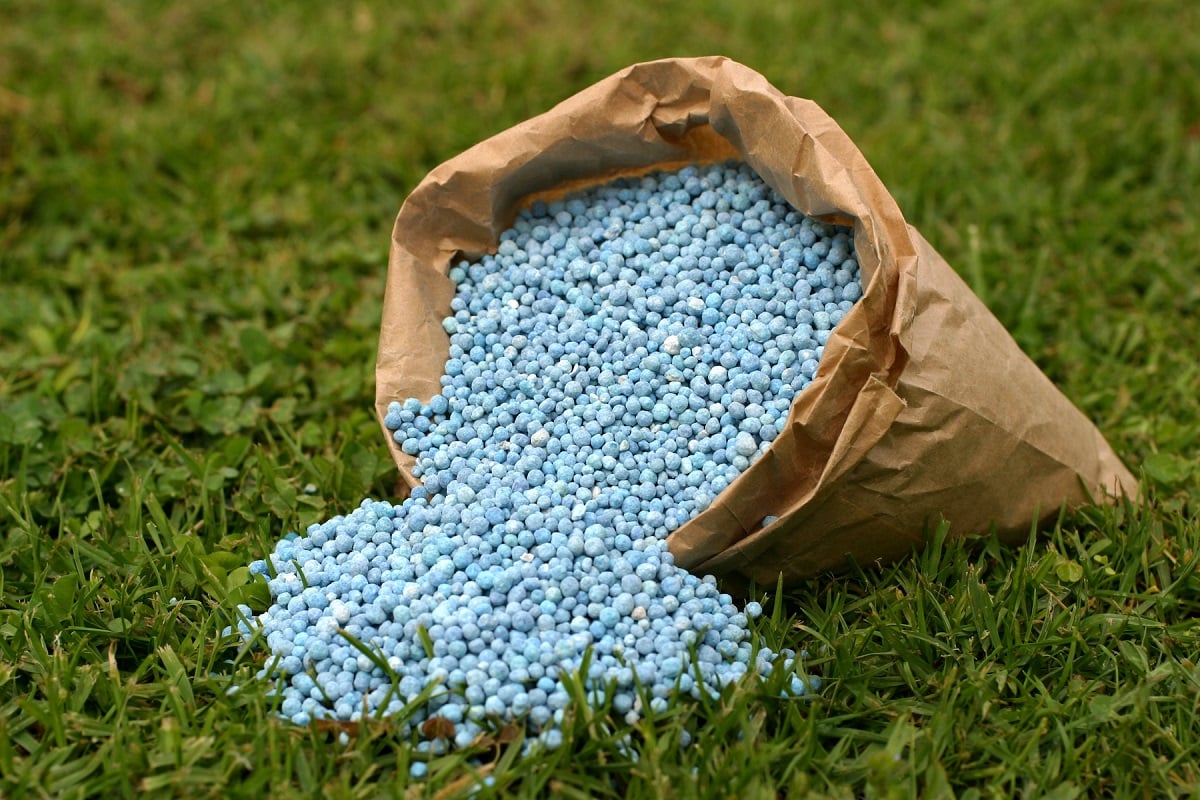

Landscaping Ideas
What Fertilizer To Use For Grass
Modified: August 17, 2024
Discover the best fertilizer for your grass with our expert landscaping ideas. Achieve a lush, healthy lawn with the right fertilizer for your specific needs.
(Many of the links in this article redirect to a specific reviewed product. Your purchase of these products through affiliate links helps to generate commission for Storables.com, at no extra cost. Learn more)
Introduction
Fertilizing your grass is a crucial aspect of maintaining a healthy and vibrant lawn. It involves providing essential nutrients to the soil to promote robust growth, lush greenery, and overall resilience against environmental stressors. Understanding the specific needs of your grass and selecting the appropriate fertilizer are pivotal steps in achieving a thriving lawn that enhances the beauty of your outdoor space.
Proper fertilization not only contributes to the aesthetic appeal of your lawn but also plays a significant role in the overall health of the grass. By supplying essential nutrients such as nitrogen, phosphorus, and potassium, fertilizers support the development of strong roots, vigorous blades, and improved resistance to diseases and pests. Moreover, a well-fertilized lawn can better withstand drought, foot traffic, and other environmental challenges, ensuring its longevity and vitality.
In this comprehensive guide, we will delve into the intricacies of fertilizing grass, exploring the various types of fertilizers available, understanding the nutritional needs of different grass species, and providing insights into the best practices for applying fertilizers. Whether you are a seasoned lawn care enthusiast or a novice homeowner looking to elevate the appeal of your outdoor space, this guide will equip you with the knowledge and understanding necessary to make informed decisions regarding grass fertilization.
Join us on this journey as we uncover the secrets to nurturing a lush, resilient lawn through the strategic use of fertilizers. Let's embark on a quest to unlock the full potential of your grass and transform your outdoor oasis into a verdant paradise.
Key Takeaways:
- Choosing the right fertilizer for your grass involves considering its type, soil composition, and nutrient ratios. By understanding these factors, you can nurture a vibrant and resilient lawn that enhances your outdoor space.
- Applying fertilizer to your grass requires strategic timing, precise techniques, and post-application care. By following best practices, you can optimize nutrient uptake, promote balanced growth, and contribute to the overall health of your lawn.
Read more: What Fertilizer To Use On Bermuda Grass
Understanding the Nutritional Needs of Grass
Grass, like all living organisms, requires essential nutrients to thrive and maintain optimal health. Understanding the specific nutritional needs of grass is fundamental to providing the right balance of elements for robust growth and vitality. The primary nutrients that grass requires are nitrogen (N), phosphorus (P), and potassium (K), often referred to as NPK. These nutrients play distinct roles in supporting various aspects of grass development and resilience.
-
Nitrogen (N): This essential nutrient is integral to the development of vibrant green foliage and robust growth. It is responsible for promoting leaf and stem development, giving the grass its lush and verdant appearance. Nitrogen also plays a crucial role in enhancing the overall vigor and density of the grass, contributing to its resilience against environmental stressors.
-
Phosphorus (P): Phosphorus is vital for the establishment of strong root systems and the promotion of healthy seedling growth. It facilitates the transfer of energy within the plant, supporting the development of robust roots and ensuring efficient nutrient uptake. Additionally, phosphorus aids in the production of essential proteins and enzymes, contributing to overall plant health and vitality.
-
Potassium (K): Potassium plays a pivotal role in enhancing the grass's tolerance to environmental stress, such as drought, disease, and temperature fluctuations. It promotes strong cell walls, improving the grass's ability to withstand physical stress and maintain optimal water regulation. Furthermore, potassium contributes to the overall resilience and longevity of the grass, ensuring its ability to thrive in varying conditions.
In addition to these primary nutrients, grass also requires secondary nutrients and micronutrients, including calcium, magnesium, sulfur, iron, and others, to support various physiological processes and maintain overall health.
Understanding the specific nutritional requirements of the grass species in your lawn is crucial for determining the appropriate fertilizer formulations and application schedules. Different grass varieties may have varying needs based on factors such as climate, soil composition, and seasonal growth patterns. By gaining insight into the nutritional needs of your grass, you can tailor your fertilization approach to provide targeted support, ultimately leading to a vibrant, resilient lawn that enhances the beauty of your outdoor space.
Types of Fertilizers for Grass
When it comes to fertilizing your grass, it's essential to understand the various types of fertilizers available, each offering unique formulations designed to meet specific lawn care needs. Fertilizers can be categorized based on their nutrient content, release mechanisms, and intended application purposes. By familiarizing yourself with the different types of fertilizers, you can make informed decisions to support the health and vitality of your lawn.
Granular Fertilizers
Granular fertilizers are a popular choice for homeowners due to their ease of application and long-lasting effects. These fertilizers come in the form of granules that can be spread evenly across the lawn using a spreader. They are available in both quick-release and slow-release formulations, providing flexibility in addressing immediate nutrient needs or sustaining long-term growth. Granular fertilizers are well-suited for promoting overall lawn health and can be tailored to specific nutrient requirements based on the grass species and seasonal demands.
Liquid Fertilizers
Liquid fertilizers offer rapid nutrient absorption and are often used for targeted applications or as supplements to granular fertilization. They are applied using sprayers, allowing for precise coverage and quick nutrient uptake by the grass. Liquid fertilizers are particularly beneficial for addressing specific nutrient deficiencies or providing immediate nourishment to the grass during critical growth stages. Additionally, they can be customized to deliver a balanced blend of nutrients, offering a versatile solution for maintaining optimal lawn health.
Organic Fertilizers
Organic fertilizers are derived from natural sources such as compost, animal manure, and plant-based materials. These fertilizers provide a sustainable and environmentally friendly approach to lawn care, enriching the soil with organic matter and essential nutrients. Organic fertilizers promote soil health, microbial activity, and long-term fertility, contributing to the overall resilience and sustainability of the lawn. They are favored for their ability to improve soil structure, enhance water retention, and support the gradual release of nutrients, fostering a balanced and thriving ecosystem within the lawn.
Synthetic Fertilizers
Synthetic or chemical fertilizers are formulated with specific nutrient concentrations to address targeted deficiencies and promote rapid growth. They are engineered to deliver precise ratios of nitrogen, phosphorus, and potassium, offering a controlled approach to enhancing grass vigor and color. Synthetic fertilizers are often favored for their immediate impact on grass growth and can be tailored to address specific soil conditions or seasonal requirements. When used responsibly, synthetic fertilizers can effectively support the development of a lush, healthy lawn.
By understanding the characteristics and benefits of these different types of fertilizers, you can make informed choices to nurture your grass effectively. Whether you prioritize long-term soil enrichment, targeted nutrient delivery, or rapid growth promotion, selecting the right fertilizer type is a pivotal step in achieving a vibrant and resilient lawn.
Choosing the Right Fertilizer for Your Lawn
Selecting the right fertilizer for your lawn is a critical decision that directly impacts the health, appearance, and resilience of your grass. With a myriad of fertilizer options available, it's essential to consider several factors to make an informed choice that aligns with the specific needs of your lawn.
Consider Your Grass Type
Different grass species have varying nutritional requirements based on factors such as growth patterns, climate adaptability, and tolerance to environmental stressors. Warm-season grasses, including Bermuda grass and Zoysia grass, thrive in hot climates and have distinct fertilization needs compared to cool-season grasses such as Kentucky bluegrass and fescue. By identifying the specific grass type in your lawn, you can tailor your fertilizer selection to provide targeted support, ensuring optimal growth and vitality.
Assess Soil Composition
Understanding the composition of your soil is crucial in determining the appropriate fertilizer formulation. Soil tests can reveal essential insights into nutrient deficiencies, pH levels, and organic matter content, guiding you in selecting a fertilizer that addresses specific soil requirements. Whether your soil is sandy, loamy, or clay-based, choosing a fertilizer that complements the existing soil composition can optimize nutrient uptake and promote a balanced, healthy lawn ecosystem.
Evaluate Nutrient Ratios
The nutrient content of fertilizers is typically represented by three numbers on the packaging, indicating the percentage of nitrogen, phosphorus, and potassium (N-P-K). Different lawn care goals, such as promoting leaf growth, strengthening root systems, or enhancing overall resilience, may necessitate varying nutrient ratios. By assessing the specific needs of your lawn, you can choose a fertilizer with the appropriate N-P-K ratio to support targeted aspects of grass development and address any existing deficiencies.
Consider Release Mechanisms
Fertilizers can be classified based on their release mechanisms, offering options for quick-release or slow-release formulations. Quick-release fertilizers provide immediate nutrient availability, making them suitable for addressing acute deficiencies or promoting rapid growth during critical growth stages. In contrast, slow-release fertilizers offer sustained nourishment over an extended period, supporting long-term grass health and minimizing the risk of nutrient leaching. By considering the release mechanisms, you can align your fertilizer choice with the seasonal demands and growth patterns of your lawn.
Environmental Impact
When choosing a fertilizer, it's important to consider its environmental impact and sustainability. Organic fertilizers derived from natural sources offer a renewable and eco-friendly approach to lawn care, enriching the soil with organic matter and fostering long-term soil fertility. Conversely, synthetic fertilizers, while effective in promoting rapid growth, require responsible application to minimize potential environmental harm. By weighing the environmental implications, you can make a conscious choice that supports both the health of your lawn and the surrounding ecosystem.
By carefully considering these factors, you can make an informed decision when choosing the right fertilizer for your lawn. Tailoring your fertilizer selection to the specific needs of your grass and soil sets the foundation for nurturing a vibrant, resilient lawn that enhances the beauty of your outdoor space.
Read more: What Fertilizer To Use For A Fall Lawn Care
Applying Fertilizer to Your Grass
Applying fertilizer to your grass is a pivotal step in nurturing a healthy and vibrant lawn. The process of fertilization involves strategic planning, precise application, and a keen understanding of the seasonal and nutritional needs of your grass. By following best practices for applying fertilizer, you can optimize nutrient uptake, promote balanced growth, and contribute to the overall resilience of your lawn.
Timing and Frequency
The timing of fertilizer application plays a crucial role in maximizing its effectiveness and minimizing potential environmental impact. In general, it is recommended to fertilize cool-season grasses in early fall and late spring, aligning with their peak growth periods. For warm-season grasses, the ideal timing for fertilization is during late spring and summer, coinciding with their active growth phases. Understanding the seasonal demands of your grass enables you to schedule fertilizer applications strategically, providing essential nutrients when the grass can most effectively utilize them.
In terms of frequency, a balanced approach to fertilization is essential. Over-fertilizing can lead to excessive growth, increased susceptibility to diseases, and potential environmental runoff. Conversely, under-fertilizing may result in nutrient deficiencies and compromised grass health. By adhering to recommended application rates and schedules, you can maintain a harmonious balance that supports optimal grass growth and long-term sustainability.
Application Techniques
The method of applying fertilizer to your grass can significantly impact its distribution and absorption. For granular fertilizers, utilizing a spreader ensures even coverage and minimizes the risk of patchy growth. Calibrating the spreader according to the manufacturer's recommendations and considering factors such as wind speed and direction can enhance the precision of fertilizer application. Additionally, applying fertilizer when the grass is dry can help prevent clumping and facilitate uniform dispersion across the lawn.
When using liquid fertilizers, employing a sprayer allows for targeted application and efficient nutrient absorption. Ensuring proper calibration of the sprayer and adhering to recommended application rates is essential for achieving consistent coverage and avoiding over-application. Furthermore, applying liquid fertilizers during calm weather conditions can optimize their effectiveness, allowing for thorough absorption without the risk of drift.
Post-Application Practices
Following fertilizer application, watering the lawn lightly can aid in the breakdown and absorption of granular fertilizers while facilitating the assimilation of liquid fertilizers into the soil. This post-application watering helps to activate the nutrients and encourages their penetration into the root zone, promoting robust grass development. Additionally, removing any fertilizer residue from hard surfaces such as sidewalks and driveways can prevent potential runoff and minimize environmental impact.
By adopting these best practices for applying fertilizer to your grass, you can contribute to the overall health and beauty of your lawn while minimizing potential adverse effects. Strategic timing, precise application techniques, and post-application care collectively play a vital role in nurturing a lush, resilient lawn that enhances the aesthetic appeal of your outdoor space.
Read more: What Is The Best Fertilizer For Grass
Conclusion
In conclusion, the art of fertilizing grass transcends mere maintenance; it embodies a commitment to nurturing a vibrant, resilient lawn that serves as a centerpiece of natural beauty within your outdoor space. By understanding the nutritional needs of grass and the diverse array of fertilizers available, you can embark on a journey of holistic lawn care, fostering a thriving ecosystem that enhances the allure of your surroundings.
The nutritional requirements of grass, encompassing essential elements such as nitrogen, phosphorus, and potassium, form the cornerstone of effective fertilization. By acknowledging the distinct roles of these nutrients in promoting robust growth, vibrant foliage, and overall resilience, you gain insight into the intricate needs of your grass, paving the way for targeted and strategic fertilization practices.
Exploring the diverse types of fertilizers, including granular, liquid, organic, and synthetic formulations, unveils a spectrum of options tailored to address specific lawn care goals. Whether you prioritize long-term soil enrichment, rapid growth promotion, or sustainable, eco-friendly practices, the array of fertilizers empowers you to make informed choices aligned with the unique needs of your lawn.
Selecting the right fertilizer for your lawn involves a thoughtful consideration of factors such as grass type, soil composition, nutrient ratios, release mechanisms, and environmental impact. By integrating these considerations into your decision-making process, you can tailor your fertilizer selection to provide targeted support, fostering a balanced and thriving lawn ecosystem.
Applying fertilizer to your grass demands precision, timing, and a keen understanding of seasonal and grass-specific needs. By adhering to best practices in timing, frequency, and application techniques, you can optimize nutrient uptake, promote balanced growth, and contribute to the overall resilience of your lawn, ensuring its longevity and vitality.
In essence, the journey of fertilizing grass transcends the act of nourishment; it embodies a commitment to nurturing a vibrant, resilient lawn that serves as a centerpiece of natural beauty within your outdoor space. By embracing the art of fertilization, you embark on a quest to unlock the full potential of your grass, transforming your outdoor oasis into a verdant paradise that captivates the senses and enriches the soul.
Frequently Asked Questions about What Fertilizer To Use For Grass
Was this page helpful?
At Storables.com, we guarantee accurate and reliable information. Our content, validated by Expert Board Contributors, is crafted following stringent Editorial Policies. We're committed to providing you with well-researched, expert-backed insights for all your informational needs.

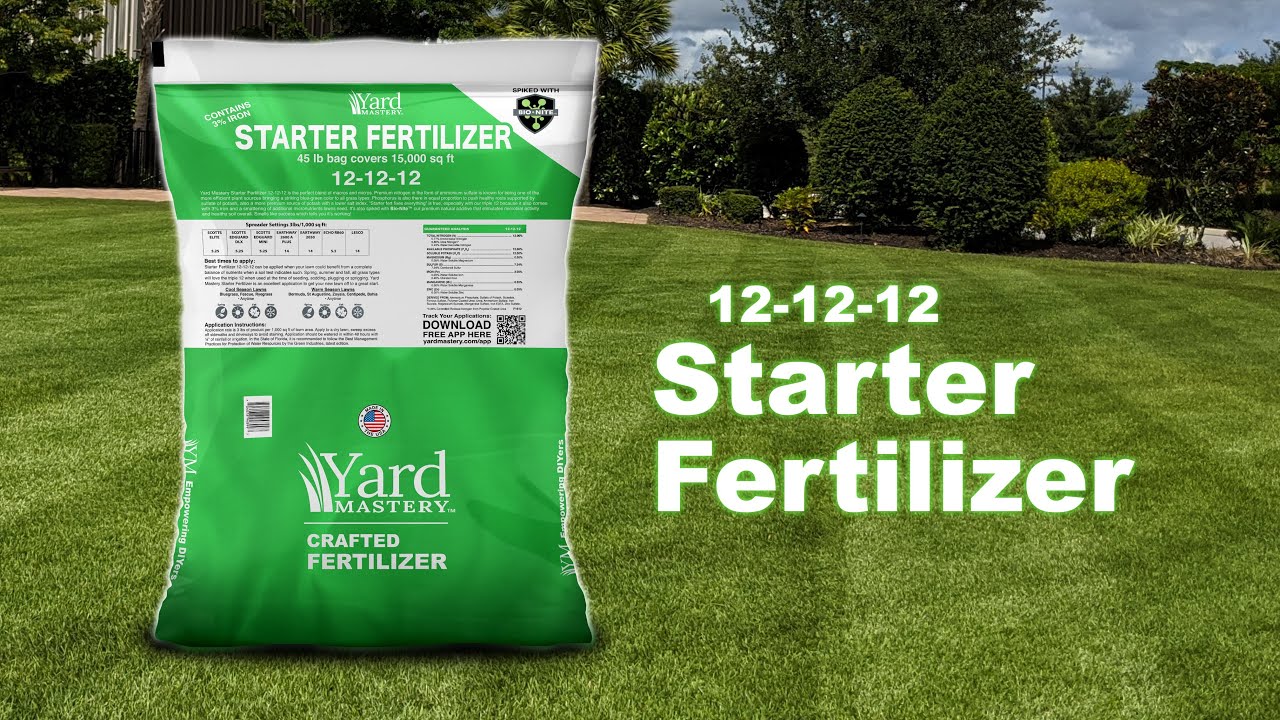




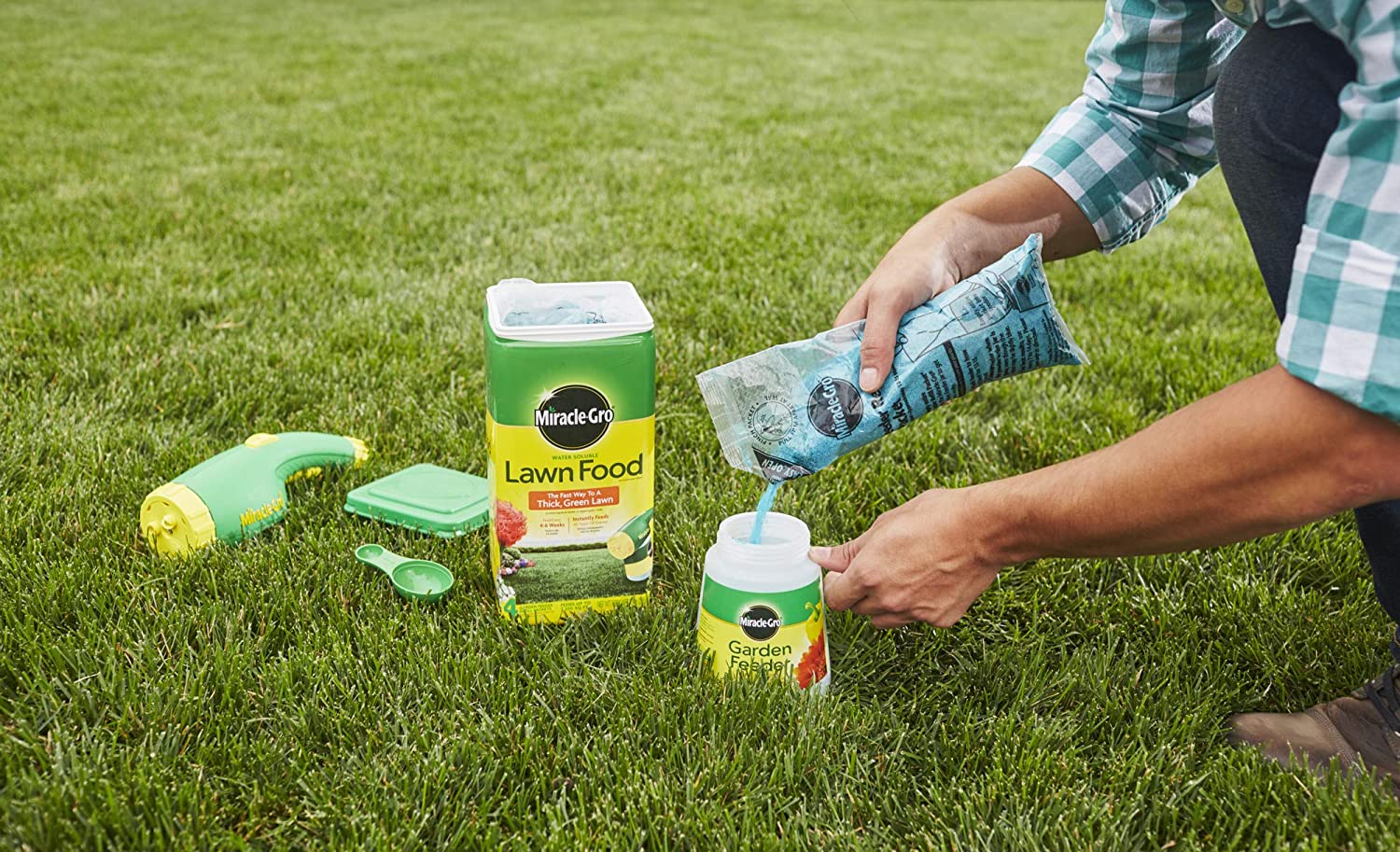

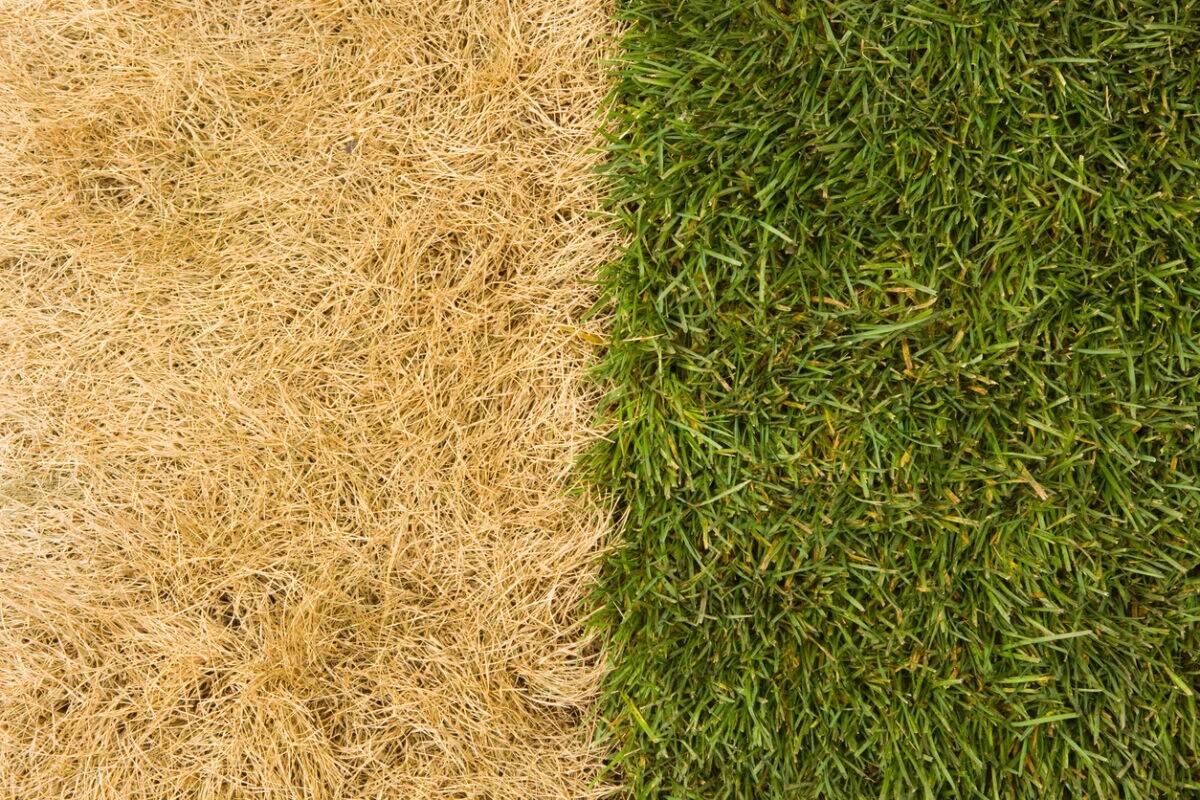
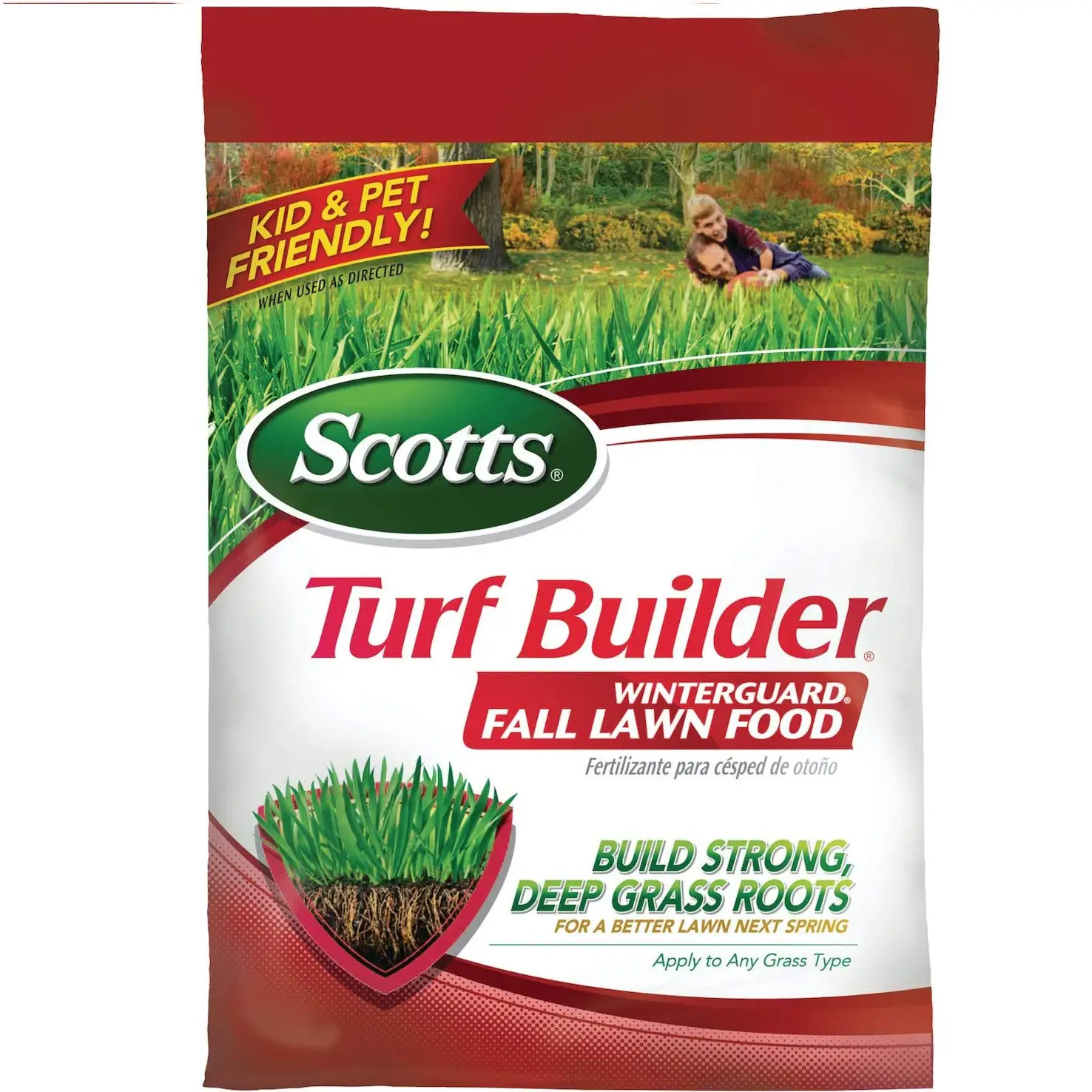
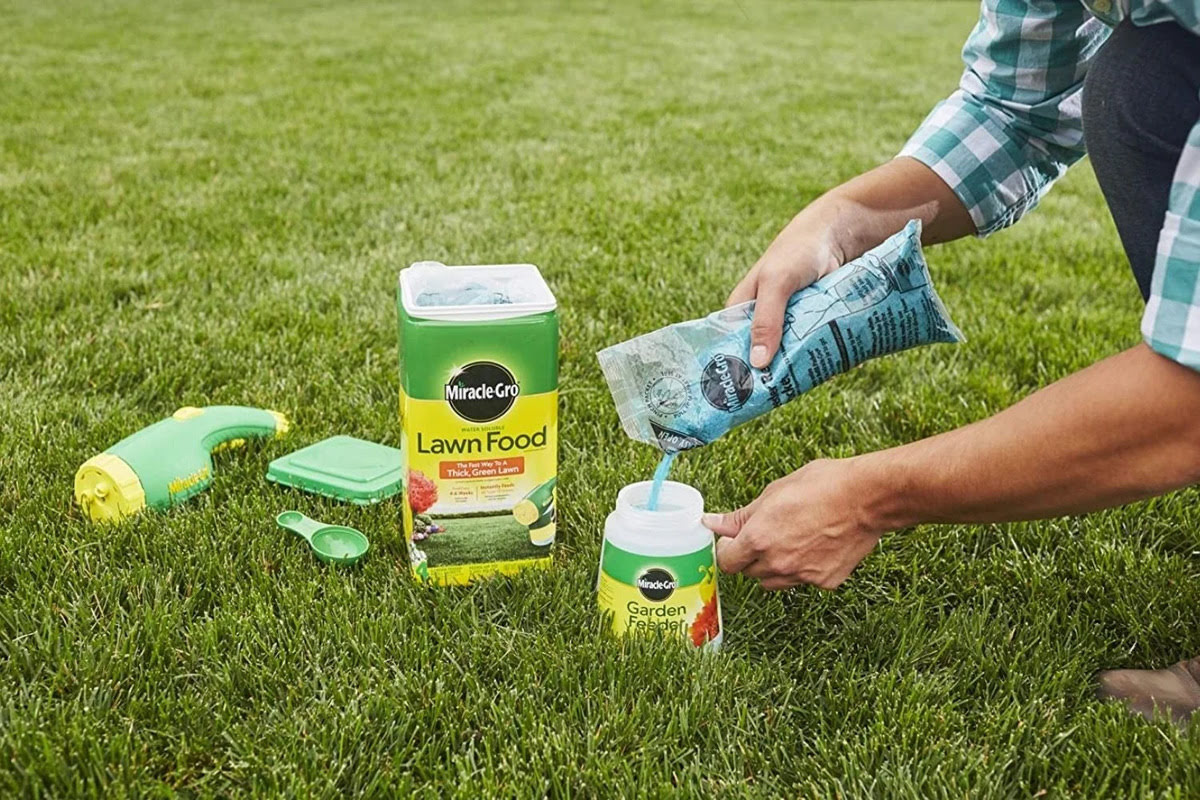

0 thoughts on “What Fertilizer To Use For Grass”